I constantly come across data centre users who ask how they can rate themselves against local and international data centre users.
For some reason, many see the likes of Google, Microsoft, Ebay, Facebook et al as the pinnacle of the data centre industry.
First off, Google and the others aforementioned aren’t an industry rating or standard.
They’re data centre users who just happen to be pushing the envelope and illustrating what can be done if you have the money and the will. They employ the same science and engineering that most data centres use or can use. They themselves have built their data centres to meet a range of ratings, standards and best practices.
Taking Google as an example, it’s definitely at the forefront of implementing and operating data centres that push the limits in facility infrastructure, energy efficiency and sustainability.
Google is disaggregating its IT infrastructure from the facility and this is also improving efficicency as it’s usurping the need for complex electrical and mechanical systems (it engineer its own servers and network devices in conjunction with others).
It has a significant amount of capital to use to experiment with leading solutions. I consider them one of the best publicly available R&D data centres for the likes of us mere mortals to see what’s possible.
What, then, can I use for comparison?
Trying to establish where one rates among all of the data centre users would, to me, be highly subjective and full of aberrations.
However, one has the ability to measure oneself against:
- UPTIME Tiers (biased towards resiliency of the facility to minimise operational downtime)
- PUE, a power efficiency metric which is biased towards minimising all non-IT power use
- TIA-942, very much a cookbook which bespeaks the provisioning of facility infrastructure needed to meet particular levels of resiliency and redundancy
- ANSI/BICSI 002-2011, a somewhat more recent TIA lookalike, with an emphasis on data cabling.
You, of course, have other measures floating around, such as:
- the European Code of Data Centre Conduct, which is a benchmark that European governments are now using to rate data centres, voluntarily; it ties back to PUE and ‘best practices’
- LEED, a US-centric organisation, and NABERS, an Australian-centric organisation, both providing metrics for rating one’s data centre for sustainability.
And let’s not forget the ISO standards which can be applied to data centres: ISO 9001:2008, ISO 14001:2004, AHSAS 18001:2009, ISO/IEC 27001:2005 and ISO 50001:2011.
The ISO /IEC JTC 1/SC 39 Secretariat is currently developing very specific data centre standards, namely ISO/IEC DIS 1939, ISO/IEC NP 30131, ISO/IEC WD TR 30132, ISO/IEC AWI TR 30133, ISO/IEC CD 30134-1, ISO/IEC CD 30134-2, ISO/IEC AWI30134-3 and ISO/IEC AWI 30134-4.
These will only add to the arsenal of standards data centre users can measure themselves against.
It’s important to consider your business needs, and your market’s
There is no global Data Centre League Table by which to measure yourself.
There are a range of measures that allow one to establish where one’s data centre sits with regard to operational resiliency, energy efficiency (non-IT, that is), sustainability, ensuring facility provisioning is appropriate and correct and that it meets particular operational efficiencies, etc.
However, one has to consider the business needs and the market that the data centre is satisfying.
A financial entity such as a bank has very different drivers to that of, say, a social network provider or an online product purchasing type of organisation. Their data centre implementations may be very different and be rated very differently, even though they’ve adhered to (in some capacity) the various data centre measures I’ve noted.
There are plenty of standards, ratings and codes to measure up to.
But they don’t all have to be religiously complied with to operate a data centre.










